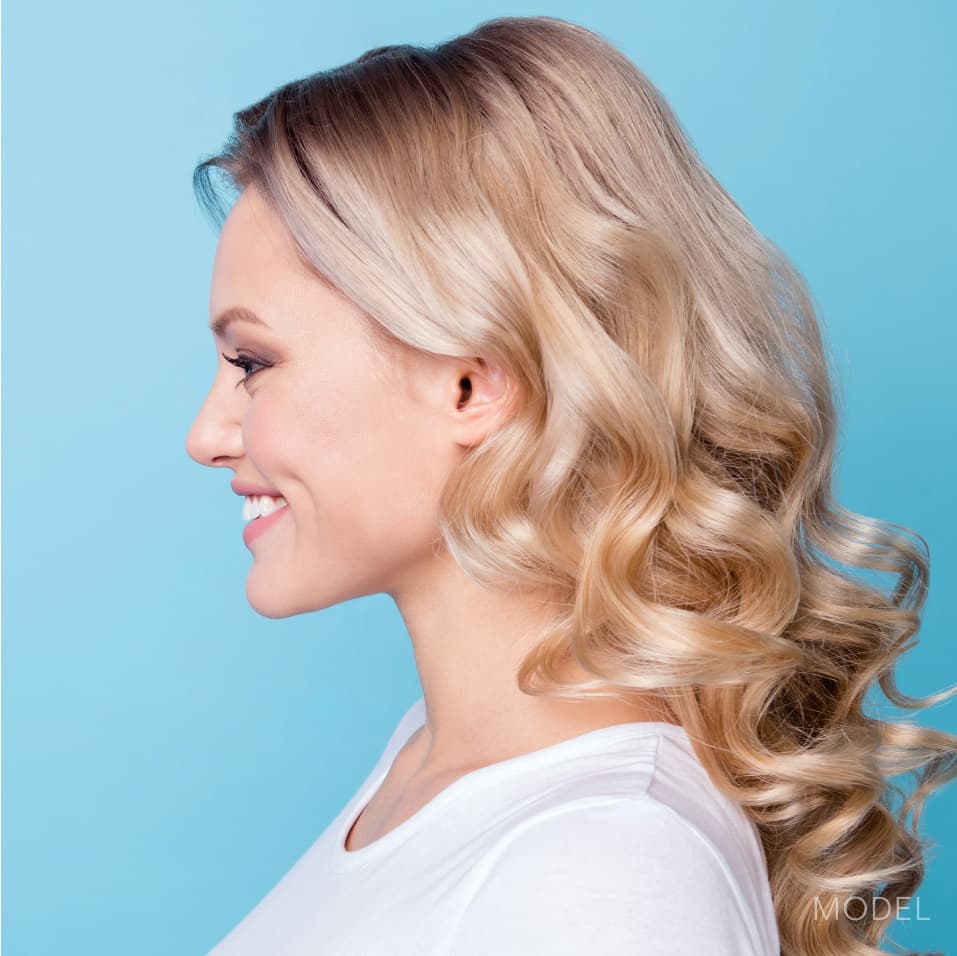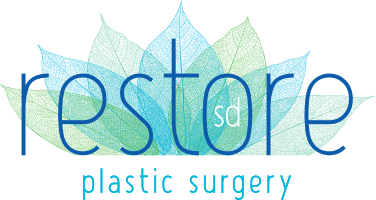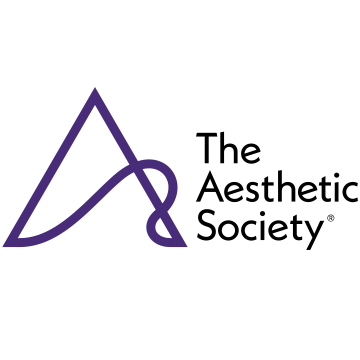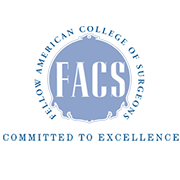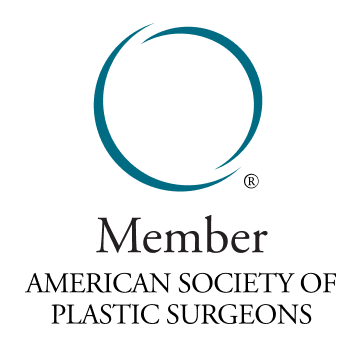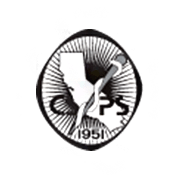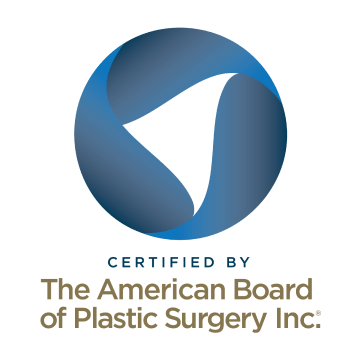Septoplasty is a surgical procedure designed to correct a deviated septum, which occurs when the thin wall (nasal septum) between the nostrils is displaced or crooked, leading to breathing difficulties, nasal congestion, and sometimes even snoring or sleep disturbances. By straightening the nasal septum, septoplasty with nose surgery specialist Dr. Janet Chao can improve airflow, allowing for better nasal function and a significant enhancement in the patient’s quality of life.
Do you have a deviated septum?
A deviated septum can cause a variety of functional issues, including:
- Chronic nasal congestion or difficulty breathing through one or both nostrils
- Frequent sinus infections
- Nasal obstruction that worsens with colds or allergies
- Snoring or sleep disturbances due to limited airflow
- Nosebleeds from dryness or irritation
Septoplasty is recommended for patients who experience these symptoms and want to restore proper nasal function.
Septoplasty Candidates
You may be a candidate for septoplasty if you:
- Have difficulty breathing through your nose due to a deviated septum
- Suffer from frequent sinus infections, nasal obstruction, or nasal congestion
- Experience disrupted sleep or snoring due to limited airflow
- Are in good overall health and have realistic expectations for the outcome of the surgery
Rhinoplasty vs. Septoplasty: What’s the Difference?
Septoplasty is a surgery that corrects a deviated septum, and the primary goal is to straighten the septum to allow for better airflow through the nostrils. Unlike rhinoplasty, septoplasty focuses solely on function and does not change the external appearance of the nose. Rhinoplasty, also known as a “nose job,” is a popular cosmetic surgery that reshapes the nose. Rhinoplasties can be functional or cosmetic:
- Cosmetic Rhinoplasty: A cosmetic rhinoplasty changes the shape, size, or proportions of your nose to improve your overall appearance. Common requests include reducing a dorsal hump, refining the nasal tip, or narrowing wide nostrils.
- Functional Rhinoplasty: This type of rhinoplasty improves both the appearance and function of the nose. If you experience difficulty breathing due to the structure of your nose, a functional rhinoplasty may help.
For patients interested in both procedures, combining them into a septorhinoplasty is often a smart choice, allowing both functional and cosmetic concerns to be addressed at once.
Dr. Janet Chao specializes in both rhinoplasty and septoplasty nose surgeries, and can help you determine which one, or perhaps even both, are best for your unique nasal anatomy and cosmetic goals.
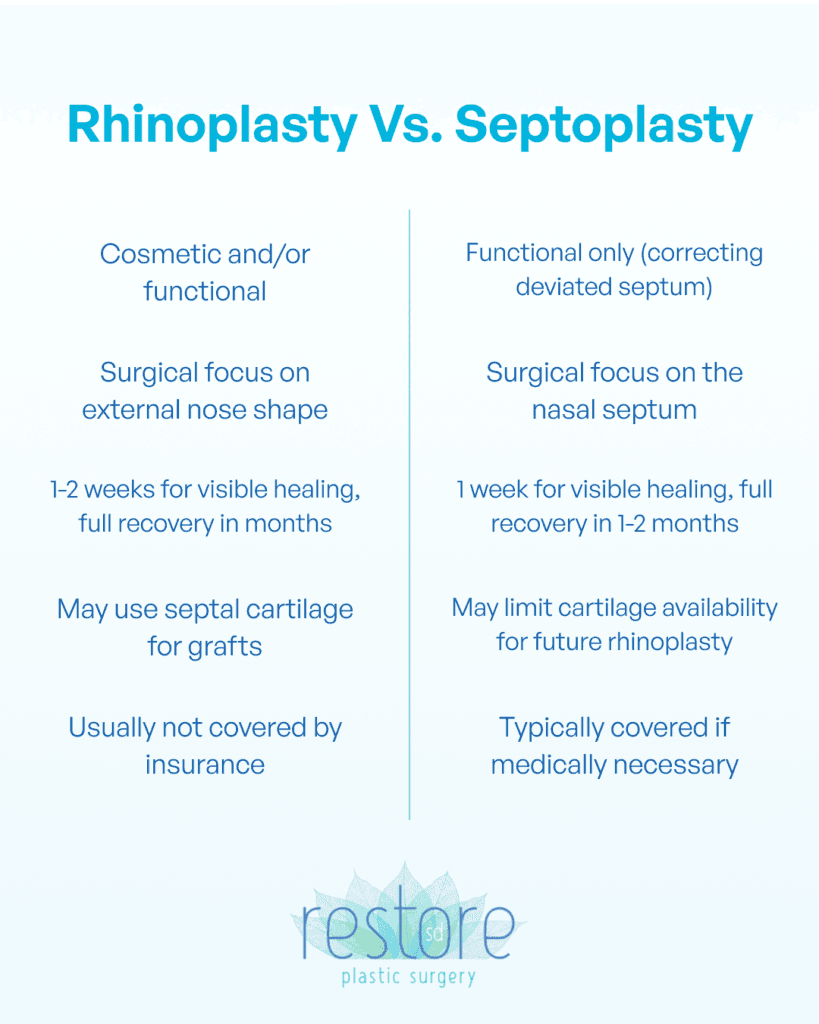
While septoplasty is not a cosmetic procedure, it can be combined with other nasal surgeries
like rhinoplasty to improve both nasal function and appearance.
The Septoplasty Procedure: What to Expect
Septoplasty is typically performed under general anesthesia to ensure patient comfort throughout the procedure, which generally lasts between 1 to 2 hours, depending on the complexity of the case. To begin, Dr. Chao will make a small, discreet incision inside the nasal cavity, providing access to the septum without creating any external scarring. Once inside, she will carefully identify the deviated portion of the septum, which may be causing airway obstruction or breathing difficulties. This portion is then either repositioned, reshaped, or removed entirely to create a straighter, more functional nasal passage.
During the surgery, Dr. Chao may also adjust or remove bone or cartilage to enhance the results and improve airflow through the nasal cavity. Specialized instruments are used to gently lift the mucosal lining—a thin membrane that covers the septum—away from the underlying bone and cartilage, ensuring the nasal structure is preserved while correcting the deviation. Once the septum is in its optimal position, the mucosal lining is carefully repositioned, and absorbable sutures may be placed to secure the changes.
Because the surgery is performed entirely through internal incisions, patients will not have any visible scarring on the nose or face. Depending on the extent of the procedure and Dr. Chao’s technique, nasal splints or soft internal packing may be inserted to support the septum during the healing process. Most patients can return home the same day of their procedure, with detailed aftercare instructions to promote healing and minimize discomfort.
Combining your septoplasty with other procedures
Septoplasty is often combined with other procedures to address both functional and aesthetic concerns in a single surgery. One common combination is septoplasty with rhinoplasty, which not only improves breathing by correcting a deviated septum but also enhances the external appearance of the nose. This dual approach, known as septorhinoplasty, allows patients to achieve both cosmetic and functional improvements in a single surgery. Additionally, some patients may choose to pair septoplasty with non-surgical treatments such as dermal fillers for subtle facial contouring or laser skin resurfacing to improve skin texture. Combining procedures can offer comprehensive results, streamline recovery time, and enhance overall facial harmony.
Recovery
Following septoplasty, patients can expect mild swelling and discomfort in the nasal area, which typically subsides within a few days. Breathing will gradually improve as the nasal tissues heal, with most patients experiencing full benefits within 4-6 weeks. Most patients can return to normal activities within a week, although strenuous activities, including working out, should be avoided for a few weeks post-surgery.
Results
After septoplasty, patients can expect significant improvement in their ability to breathe through the nose, as well as relief from symptoms related to a deviated septum, such as nasal congestion, difficulty breathing, and frequent sinus infections. While initial results will not be fully apparent right away due to swelling and internal healing, patients typically begin to notice improved nasal function within the first one to two weeks after surgery.
Although it may take a few months for the nasal tissues to fully settle and for the final results to be evident, the improvement in airflow and reduction of symptoms should be noticeable as the swelling subsides. During the healing process, Dr. Chao will carefully remove nasal packing or splints during follow-up appointments, allowing the patient to better experience the changes to their nasal passages and ensuring everything is healing as planned.
The results of septoplasty are considered permanent. Once the septum is corrected, it will remain in its new, more functional position. However, it’s important to follow post-operative care instructions and avoid trauma to the nose during recovery to ensure the best possible outcome. In rare cases, further refinement may be needed, but for most patients, and especially when performed by an experienced and qualified surgeon, septoplasty provides long-lasting relief and improved quality of life.
Frequently Asked Questions about Septoplasty
Why trust Restore SD Plastic Surgery with your Septoplasty Procedure
At Restore SD Plastic Surgery, our skilled facial plastic surgeon Dr. Janet Chao specializes in both functional and aesthetic nasal surgeries. Our entire team is dedicated to ensuring optimal outcomes for patients seeking relief from breathing issues caused by a deviated septum. During a personal consultation, Dr. Chao will take the time to assess your individual needs and develop a personalized surgical plan that addresses your concerns and restores proper nasal function.
Dr. Chao’s elite facial plastic surgery training and remarkable attention to detail offers patients safe, natural-looking results. She will work closely with you to understand your goals and concerns to bring your aesthetic vision to life.
- Key Benefits
- Glossary
- Improved nasal airflow, making breathing easier
- Reduced nasal obstruction and congestion
- Potential reduction in snoring and sleep disturbances
- No visible scarring due to internal incisions
- Airway Obstruction: A blockage in the nasal or respiratory passages that makes it difficult to breathe. Septoplasty helps to clear such obstructions within the nose.
- Anesthesia: A state of controlled unconsciousness or numbness used during surgical procedures. In septoplasty, general anesthesia is typically used to ensure patient comfort.
- Cartilage: A flexible connective tissue found in various parts of the body, including the nose. In septoplasty, cartilage may be reshaped or removed to correct a deviated septum.
- Cosmetic Surgery: Surgery performed to enhance or alter the appearance of a specific feature, such as the nose, often in conjunction with a functional procedure like septoplasty.
- Deviated Septum: A condition in which the nasal septum (the bone and cartilage that divides the nasal cavity) is crooked or off-center, causing breathing difficulties or nasal congestion.
- Endonasal Surgery: A surgical approach that involves making incisions inside the nose, leaving no external scars. Septoplasty is performed endonasally.
- Facial Plastic Surgery: Surgical procedures focused on enhancing the appearance and function of the face, including rhinoplasty, facelifts, and blepharoplasty.
- Functional Rhinoplasty: A type of rhinoplasty performed to improve breathing and correct functional issues with the nose, often done alongside septoplasty.
- Incisions: Small cuts made during surgery to access the nasal structures. In septoplasty, these are made inside the nasal cavity, leaving no visible scarring.
- Internal Nasal Splints: Small, soft devices inserted into the nose after septoplasty to support the septum as it heals. These are usually removed a few days after surgery.
- Mucosal Lining: The thin membrane that covers the inside of the nasal passages and septum, protecting these tissues and helping to keep the nose moist.
- Nasal Congestion: The sensation of a blocked or stuffy nose, often caused by a deviated septum, sinus infection, allergies, or swelling of the nasal tissues.
- Nasal Obstruction: A blockage of the nasal passages that can result from a deviated septum, inflammation, or other structural issues, leading to difficulty breathing through the nose.
- Post-Operative Swelling: Swelling that occurs after surgery as part of the healing process. In septoplasty, nasal swelling may persist for a few weeks before the final results are visible.
- Recovery Time: The period following surgery during which the body heals. After septoplasty, most patients can return to daily activities within a week, but full recovery may take several weeks.
- Rhinoplasty: A surgical procedure performed to change the shape of the nose for cosmetic or functional reasons. It can be combined with septoplasty to improve both appearance and nasal function.
- Septal Perforation: A hole or tear in the septum that can occur after trauma or surgery. It is a rare complication of septoplasty.
- Sinus Infection (Sinusitis): Inflammation or infection of the sinus cavities, often caused by a blockage in the nasal passages. Septoplasty may help reduce the frequency of sinus infections in patients with a deviated septum.
- Turbinates: Structures inside the nose that help humidify and filter the air we breathe. Enlarged turbinates can contribute to nasal obstruction and may be reduced during surgery.
Learn more about nose reshaping on our plastic surgery blog
 Rhinoplasty vs. Asian Rhinoplasty: What You Need to Know
Rhinoplasty vs. Asian Rhinoplasty: What You Need to Know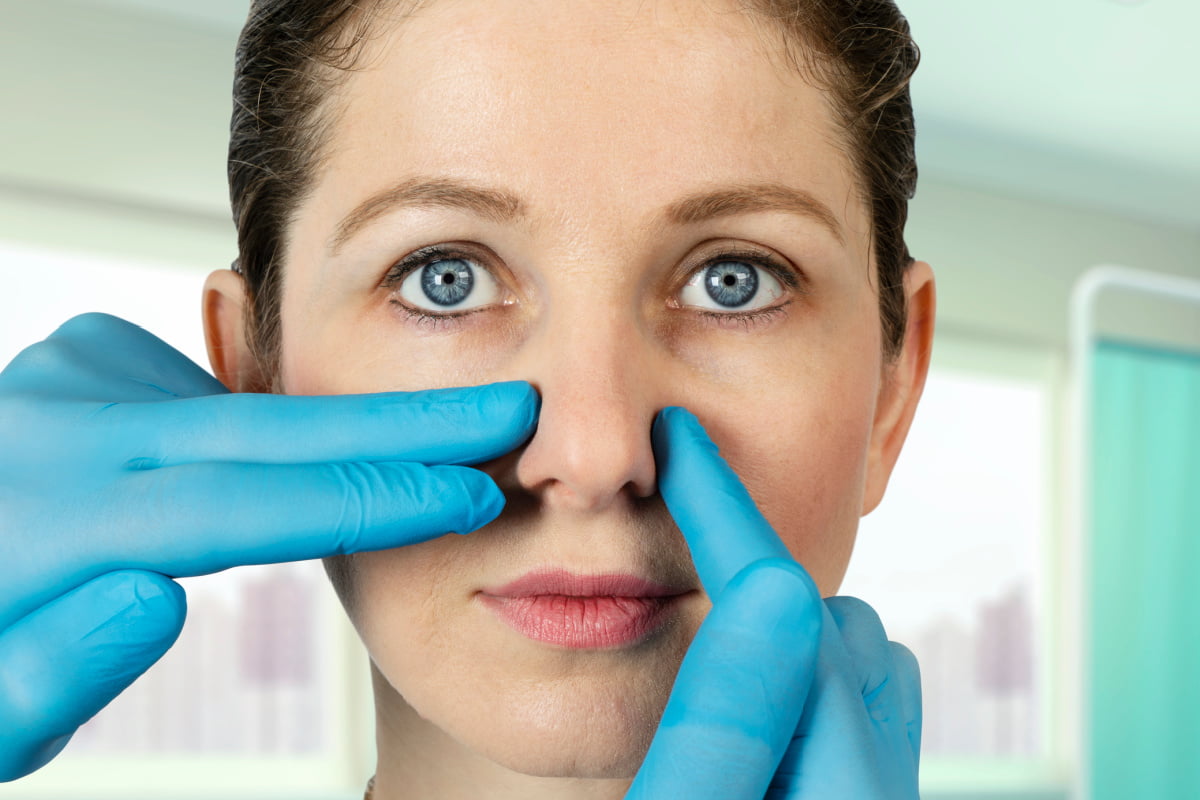 Rhinoplasty vs. Septoplasty: What’s the Difference and Which is Right for You?
Rhinoplasty vs. Septoplasty: What’s the Difference and Which is Right for You?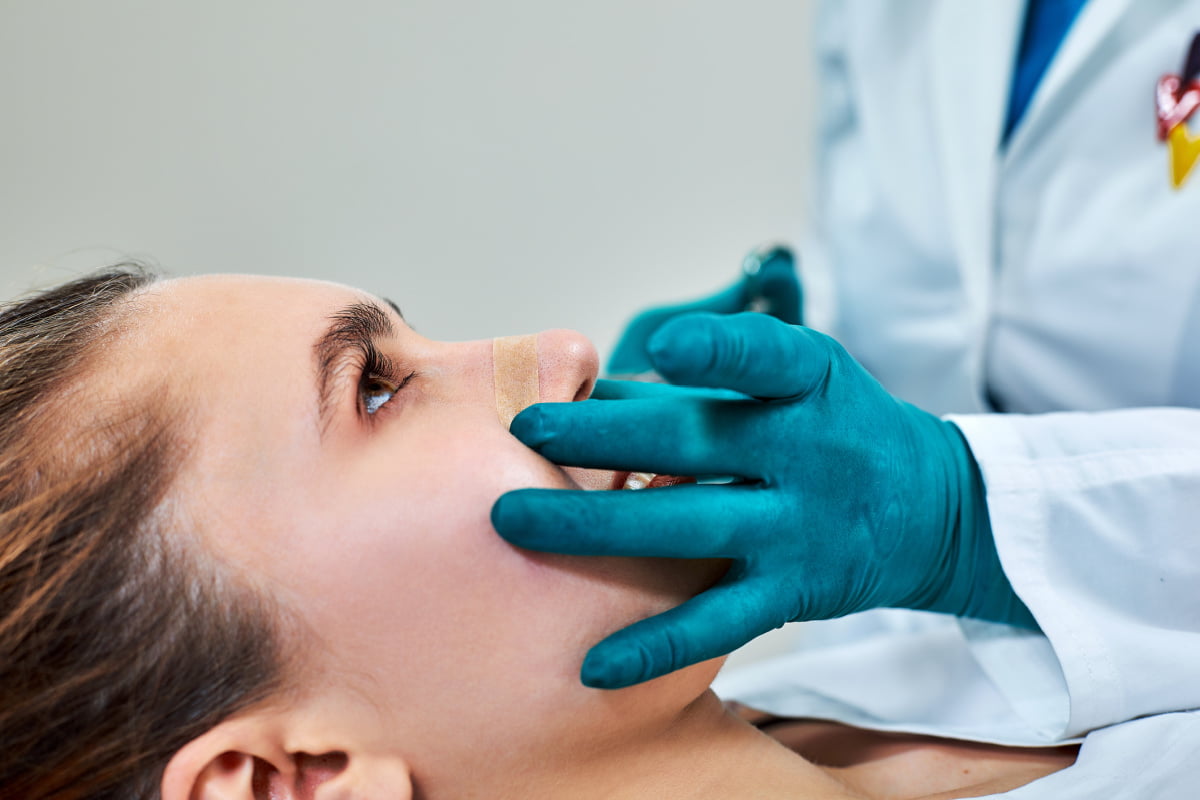 Achieve Your Ideal Nose with Our San Diego Rhinoplasty Specialist
Achieve Your Ideal Nose with Our San Diego Rhinoplasty Specialist


